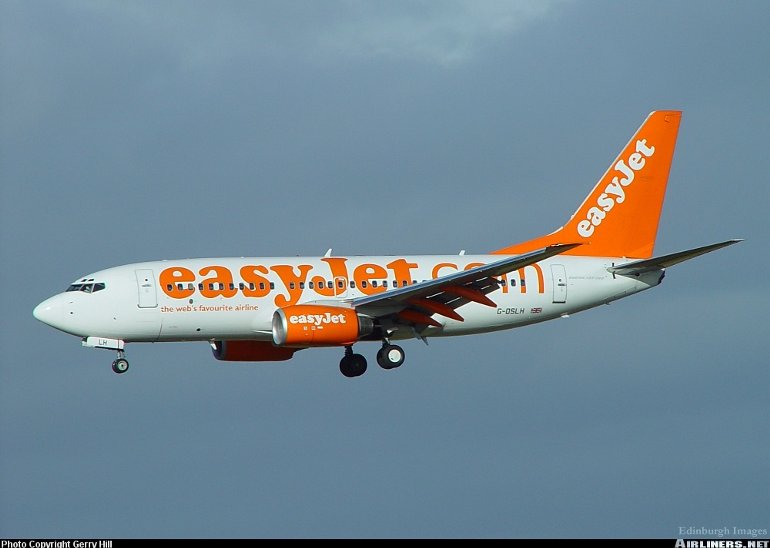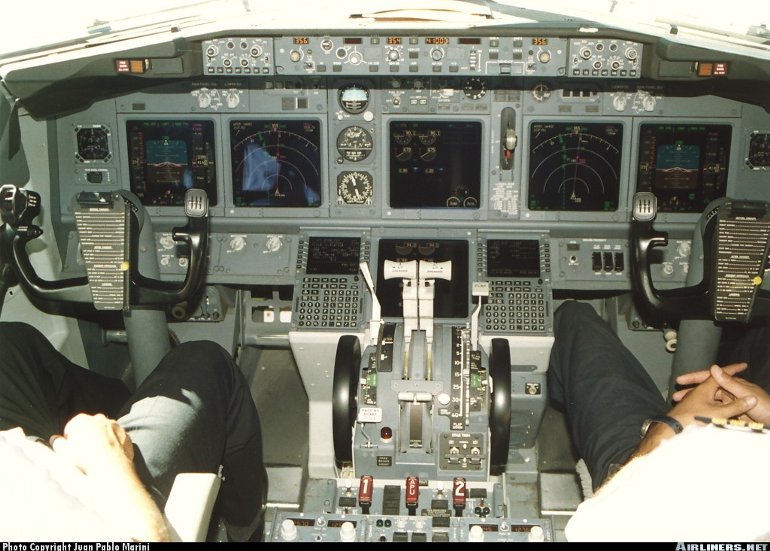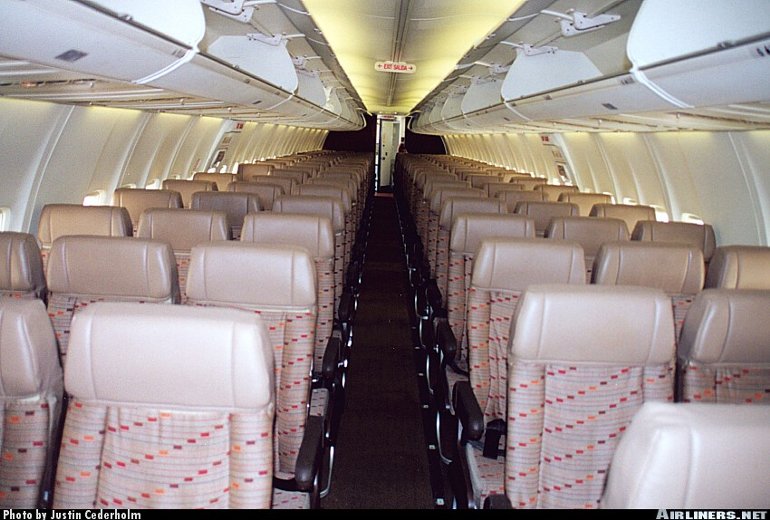Aircraft Technical Data
Boeing 737-600/700



| Details | |
| Country of Origin | United States of America |
| Type | Short to medium range airliners |
| History | The 737-600 and -700 are the smaller members of Boeing's successful Next Generation 737-600/700/800/900 family. Among the many changes, the Next Generation 737s feature more efficient CFM56-7B turbofans. The CFM56-7 combines the core of the CFM56-5 with the CFM56-3's low pressure compressor and a 1.55m (61in) fan. The 737's new wing has greater chord, span and wing area, while the tail surfaces are also larger. The 2.4m (8ft) high winglets first developed for the Boeing Business Jet development are now offered as an option on the 737-700 (and -800). The new engines and wings allow the 737 to cruise at Mach 0.78 to Mach 0.80, while the larger wing allows greater fuel tankage and transcontinental USA range. Other features include a 777 style EFIS flightdeck with six flat panel LCDs which can be programmed to present information as on the 777 or as on the 737-300/400/500 series, allowing a common pilot type rating for the two 737 families. The improved Next Generation Boeing 737 family (originally covered by the 737X designation) was launched in November 1993. The 737-700 was the first member of the new family to be developed, and is based on the 737-300, while the 737-600 is based on the 737-500. The 737-700 rolled out on December 7 1996, was granted certification in November 1997 and entered service (with Southwest) the following month. The 737-600 was launched was launched on March 16 1996, first flew on January 22 1998 and entered service (with SAS) in September that year. The Boeing Business Jet or BBJ (described separately) is based on the fuselage of the 737-700 with the larger 737-800's wing. The BBJ's airframe also forms the basis for the convertible passenger/freighter variant of the 700, the 737-700QC, which has been ordered by the US Navy as the C-40A Clipper (to replace the DC-9 based C-9B). The C-40 first flew on April 17 2000. The naval aircraft can be converted to carry 121 passengers, or 3 pallets of cargo plus 70 passengers, or 8 pallets of cargo only. These aircraft are currently (2002) based at Naval Air Station Fort Worth, Texas (VR-59) and Naval Air Station Jacksonville, Florida (VR-58). The US Air Force has bought two ex-Fordair BBJs, which are designated C-40B. |
| Powerplants | 737-600 - Two 86.7kN (19,500lb) CFM56-7B18 turbofans, or 101kN (22,700lb) CFM56-7B22s on high gross weight version. 737-700 - Two 91.6kN (20,600lb) CFM56-7B20s or 101kN (22,700lb) CFM56-7B24s on HGW version. |
| Performance | Typical cruising speed Mach 0.785. Max certificated altitude 41,000ft. 737-600 - Range with 110 pax 2480km (1340nm) or 5648km (3050nm) for HGW version. 737-700 - Range with 126 pax 2852km (1540nm) or 6037km (3260nm) for HGW version. |
| Weights | 737-600 - Operating empty 37,104kg (81,800lb), max takeoff 56,245kg (124,000lb), HGW max takeoff 65,090kg (143,500lb). 737-700 - Operating empty 38,147kg (84,100lb), max takeoff 60,330kg (133,000lb), HGW MTOW 70,080kg (154,500lb). |
| Dimensions | 737-600 - Wing span 34.31m (112ft 7in), length 31.24m (102ft 6in), height 12.57m (41ft 3in). Wing area 125.0m2 (1344sq ft). 737-700 - Same except length 33.63m (110ft 4in), height 12.55m 41ft 2in). |
| Capacity | Flightcrew of two. 737-600 - 110 passengers in two classes or 132 in a single class. 737-700 - 126 in two classes or 149 in a single class |
| Production | 737-600 - 81 ordered and 47 delivered by October 2002. 737-700 - 883 ordered and 465 delivered by October 2002. |
| Related Links | Boeing 737-600/700 |
The backbone of this section is from the The International Directory of Civil Aircraft by Gerard Frawley and used with permission. To get your own copy of the book click here. |
|








